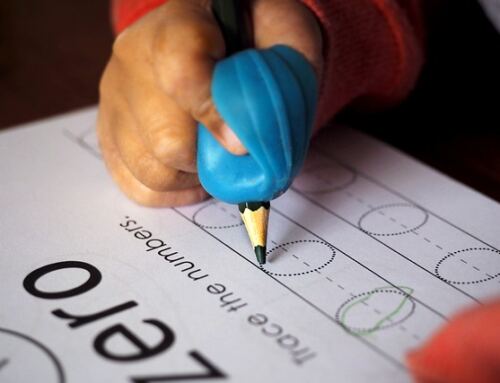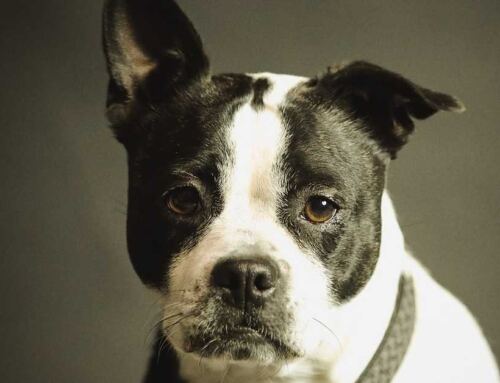 When a professional athlete is about to perform a challenging move, an ice skater preparing for a triple jump, a tennis player about to return a volley, a swimmer turning off the wall, a race car driver taking a curve at high speed, each move has been rehearsed and practiced over and over again. Extra effort that doesn’t improve speed or accuracy has been pared down, eliminated.
When a professional athlete is about to perform a challenging move, an ice skater preparing for a triple jump, a tennis player about to return a volley, a swimmer turning off the wall, a race car driver taking a curve at high speed, each move has been rehearsed and practiced over and over again. Extra effort that doesn’t improve speed or accuracy has been pared down, eliminated.
When training animals we pare down extraneous movement, eliminate unnecessary chatter. This is done to make it as easy as possible for the animal to sort out which of our movements or words we say, are relevant. They can learn more quickly which gives them the best information regarding what they should do in order to get their treat.
Fearful dogs add another element of importance to the way we train, we don’t want to scare them. The volume or tone of our voice may be a cause for concern. Sudden movements might startle. We assure with our calm, quiet body, it’s ok, you’re safe, you can relax with me. With our immediate and non-threatening delivery of treats we let them know they can experiment, it’s ok to take a risk, try something, make a move, do something. It’s through this experimentation with behavior that we’ll shape more behavior, create variations that can lead to tricks, or simply walking through a doorway.
Fearful, shy, anxious dogs teach us not to be wasteful with our responses, to cut back on extravagance. We provide distinct but often subtle cues. There is no room for impatience. They are giving us what they can spare.
Photos copyright 2012 Monty Sloan / Wolf Park





